Bringing the Season Inside: How to Make a Foraged Centerpiece
Art direction, set design, and copy
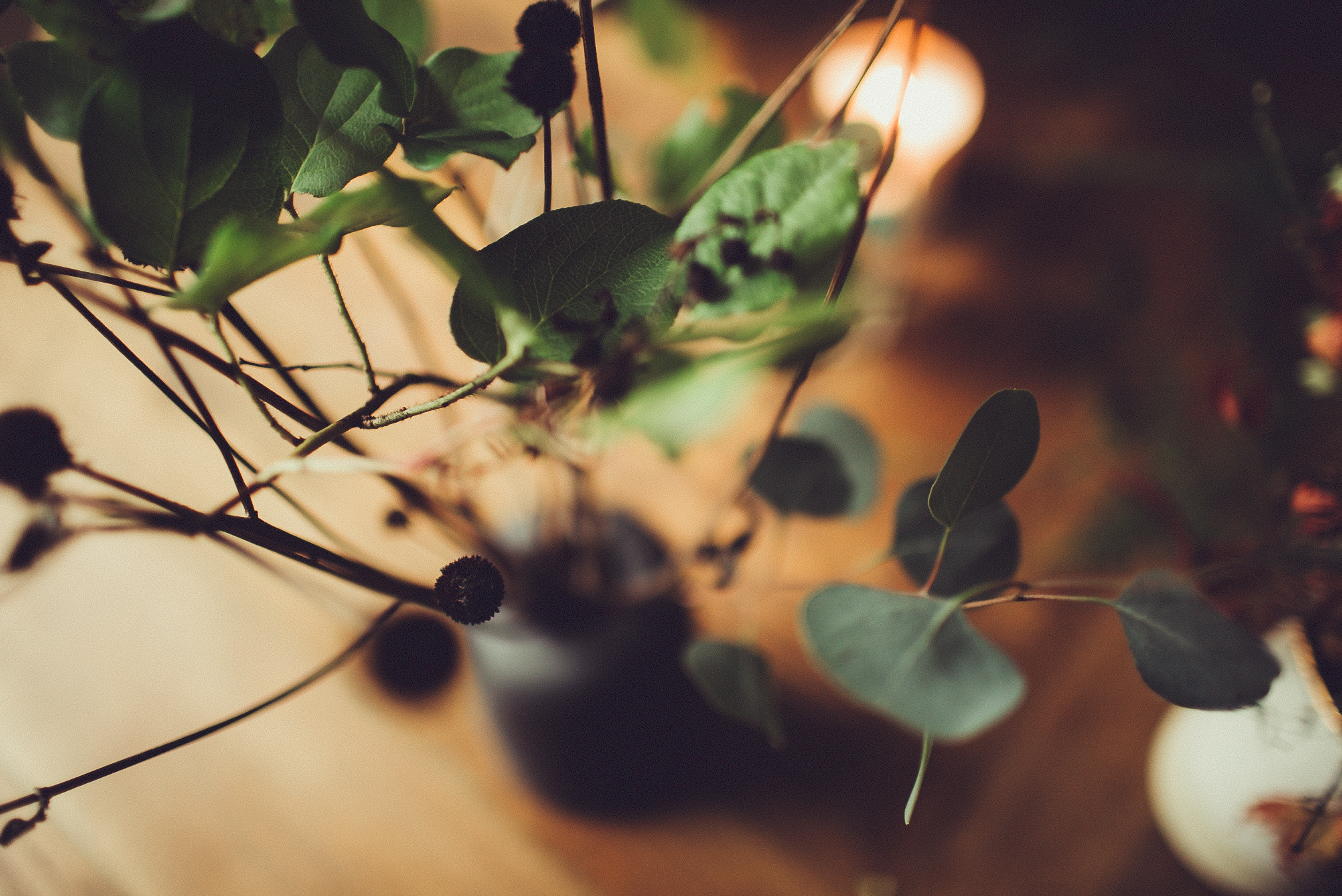
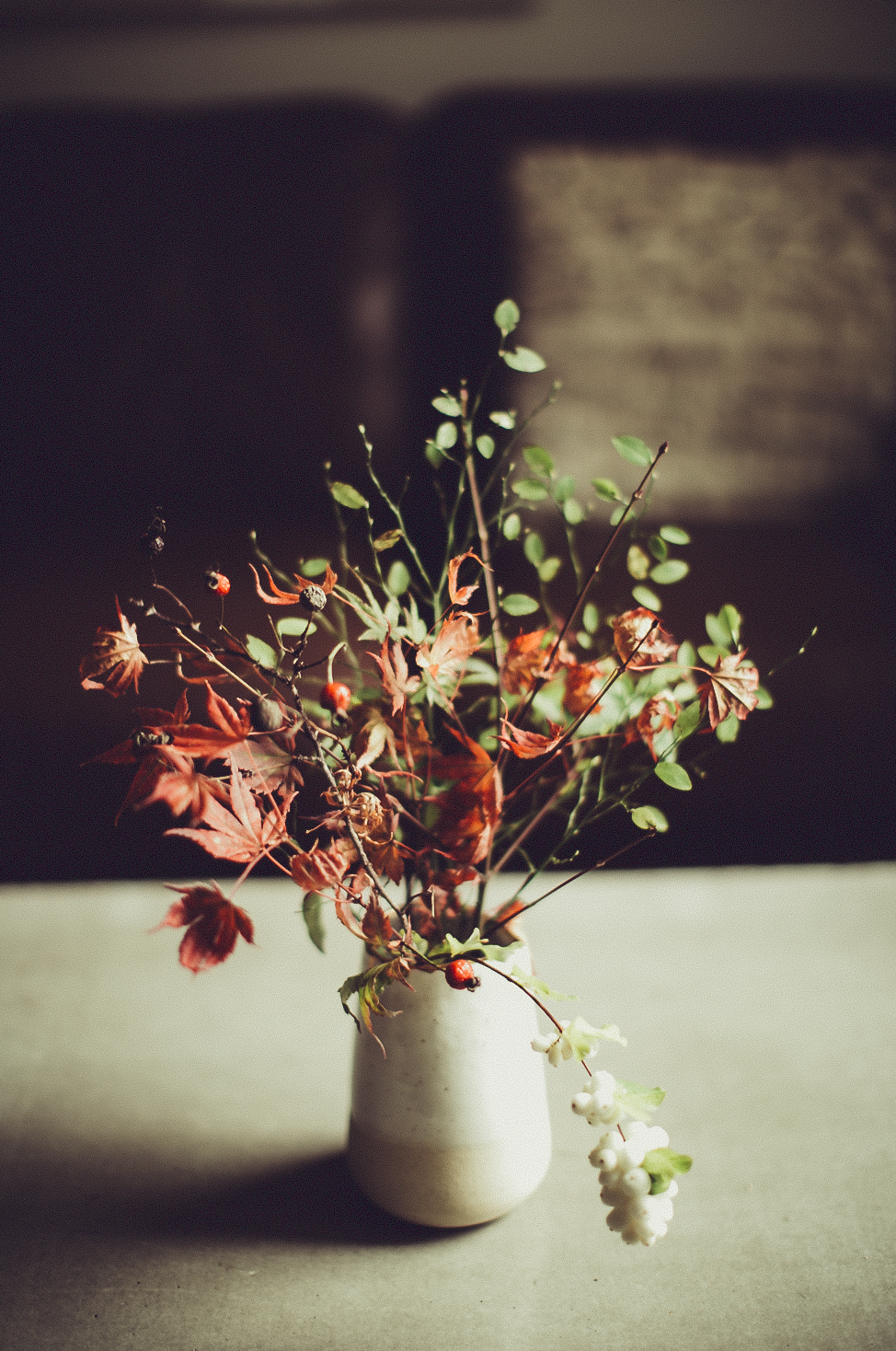
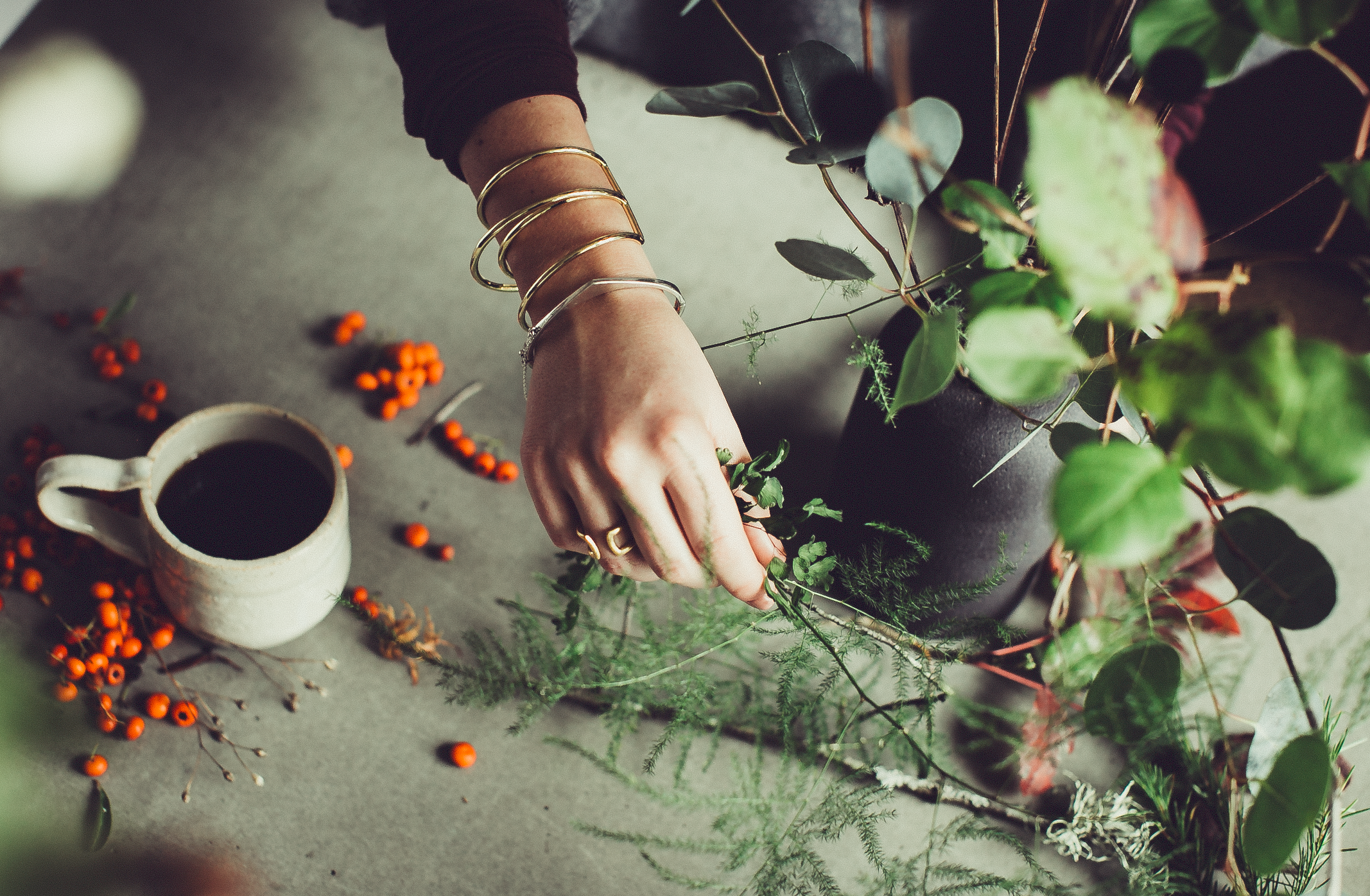
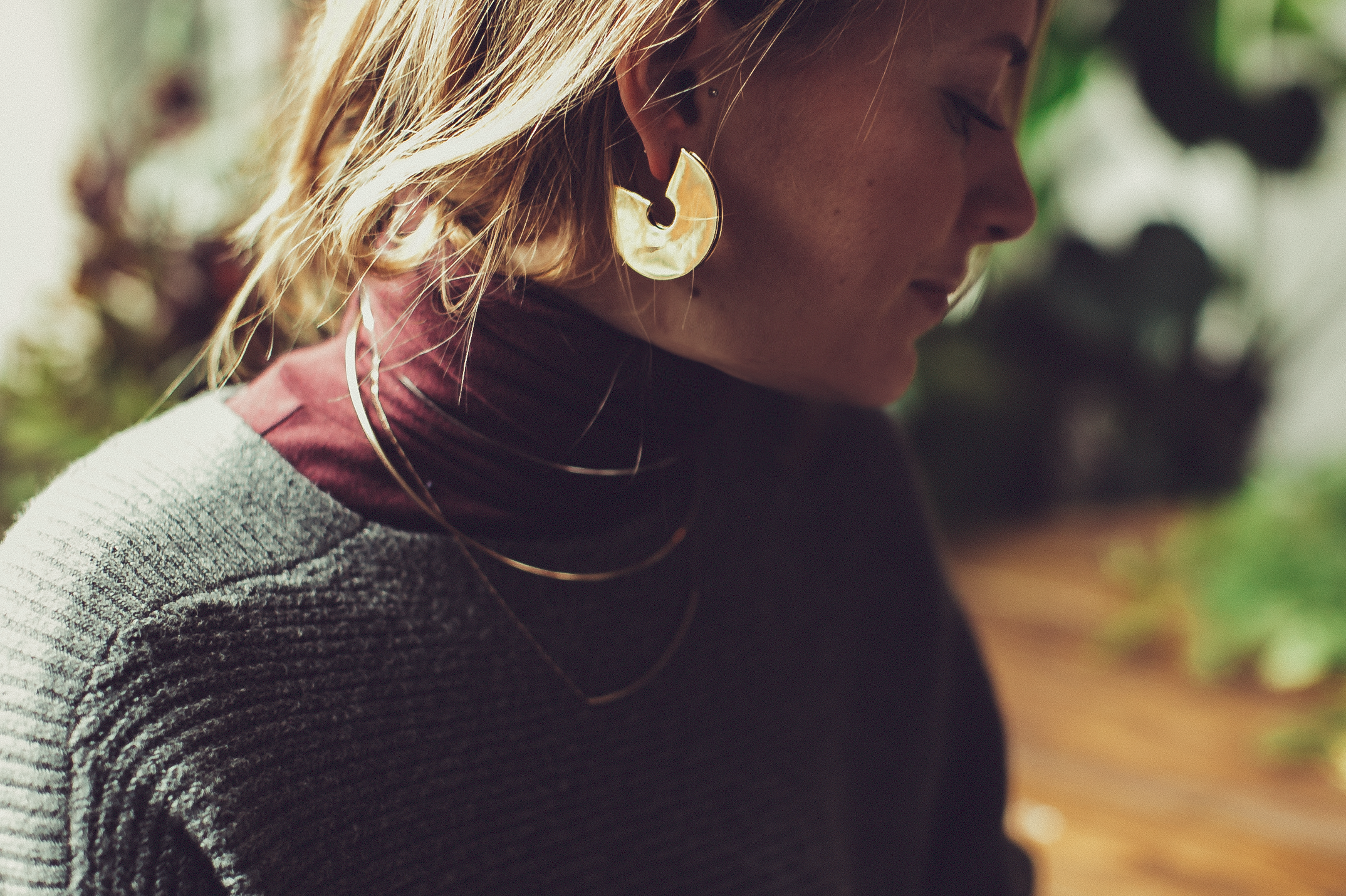




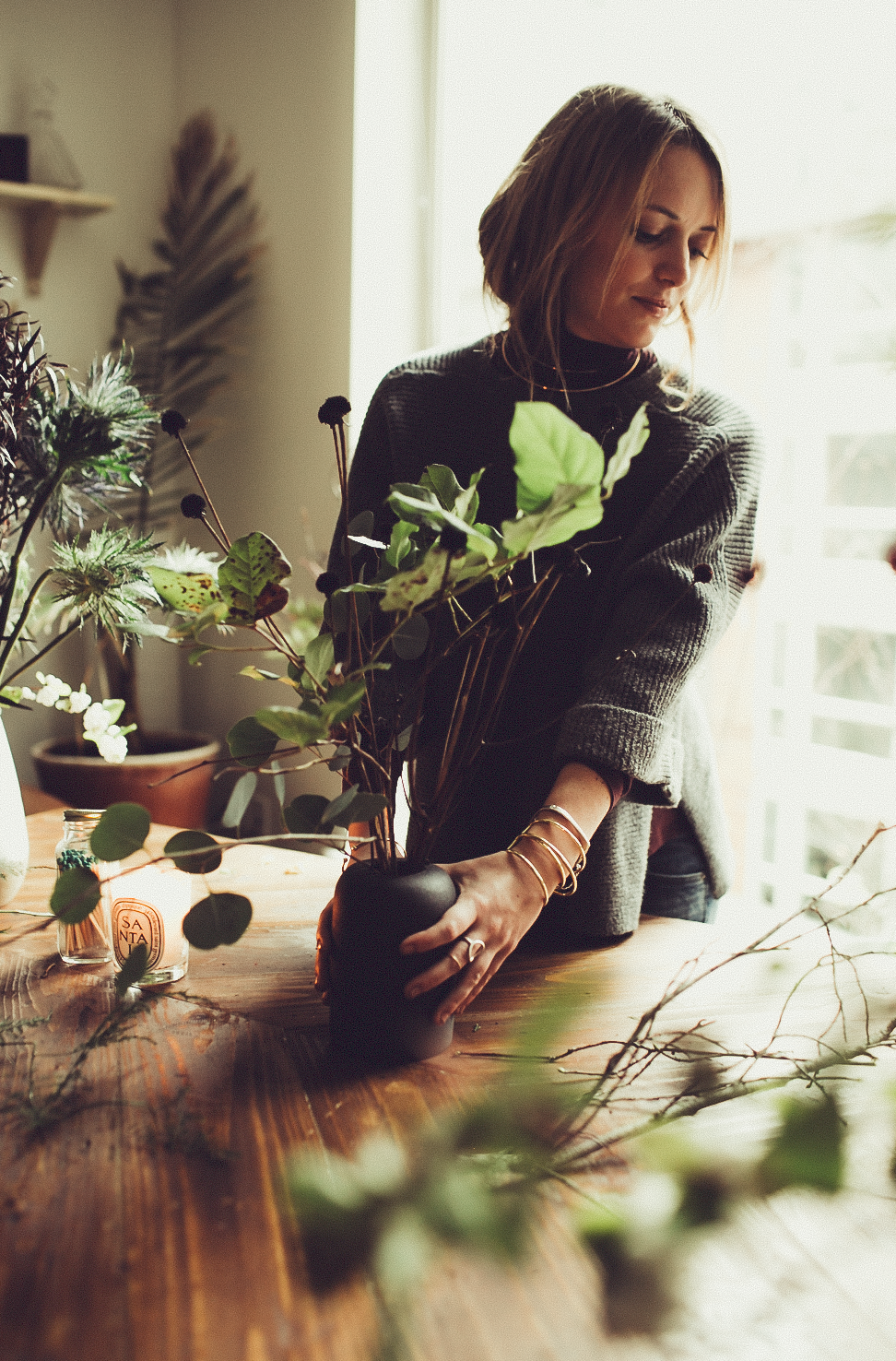

The concept of urban foraging was revealed to me by a florist friend. We first walked around her garden in the Ballard neighborhood of Seattle, then we sought out the fringes of abandoned parking lots to pick branches, sprigs and blooms, quickly shoving the botanical contraband into canvas totes as we strolled.
We were left with a rustic assortment that channeled the romance of artfully unpruned English gardens and the shabby-chic aesthetic of the ’90s. Visually, the comparison of our cache to grocery-store stems felt something like fresh cranberries chopped up with sugar and lemon rind next to cranberry sauce out of a can.
The insight here was simple: there’s unexpected color and texture everywhere, hiding within plain sight, in every season. With Thanksgiving around the corner — a holiday which focuses more than any other on the kitchen and table—now is the perfect time to roll up your sleeves, channel your inner naturalist, and create an arrangement from the bounty of the outdoors.
We’re the first to admit that foraging for plants and constructing a centerpiece may seem like a low priority when browning a turkey and mashing potatoes, but we promise it’s not as daunting as it sounds—even if your skills as a florist are budding at best. Here are our tips for scrounging for stems and leaves in nature.
Pick more than you need: Gather whatever catches your eye. You can edit and arrange later. Some of our favorites in the Northwest are mahonia, with its dusky, purple, grape-like berries and dark, holly-like leaves; snowberry stems; cedar branches; and the gossamer fronds of maidenhair ferns. For a guide to the regional botanics near you, consult the USDA plants database. Don’t overlook autumn leaves: The final stage of foliage is the most vibrant. Dogwood leaves glow crimson, Japanese maples quake between mustard yellow and ruddy red, and weeping birch trees turn golden like vermeil baubles. If you can, grab a sizable portion of a branch. The wooded stems will add structure and depth to your collection.
Find a meaningful vessel: Even if you have plenty of glassware, consider an earthy terracotta pot, glazed ceramic jug, or heirloom-inspired pewter pedestal that makes a statement and reflects your personal style. The stoneware beauties we used were made by Robert Trozzo, a graphic designer at Nordstrom and talented after-hours ceramicist.
Keep it playful: Don’t worry about making your arrangement look perfect. Part of the charm is the rustic edge, and nature already did the work for you. Look for unexpected color relationships and a mix of stem widths for a rich, layered look. The sculptural arcs of a few isolated branches can be surprisingly impactful. Now, make a toast, talk with your friends, make new ones, listen to your favorite songs, and celebrate the season in its stormy, rain-soaked glory.